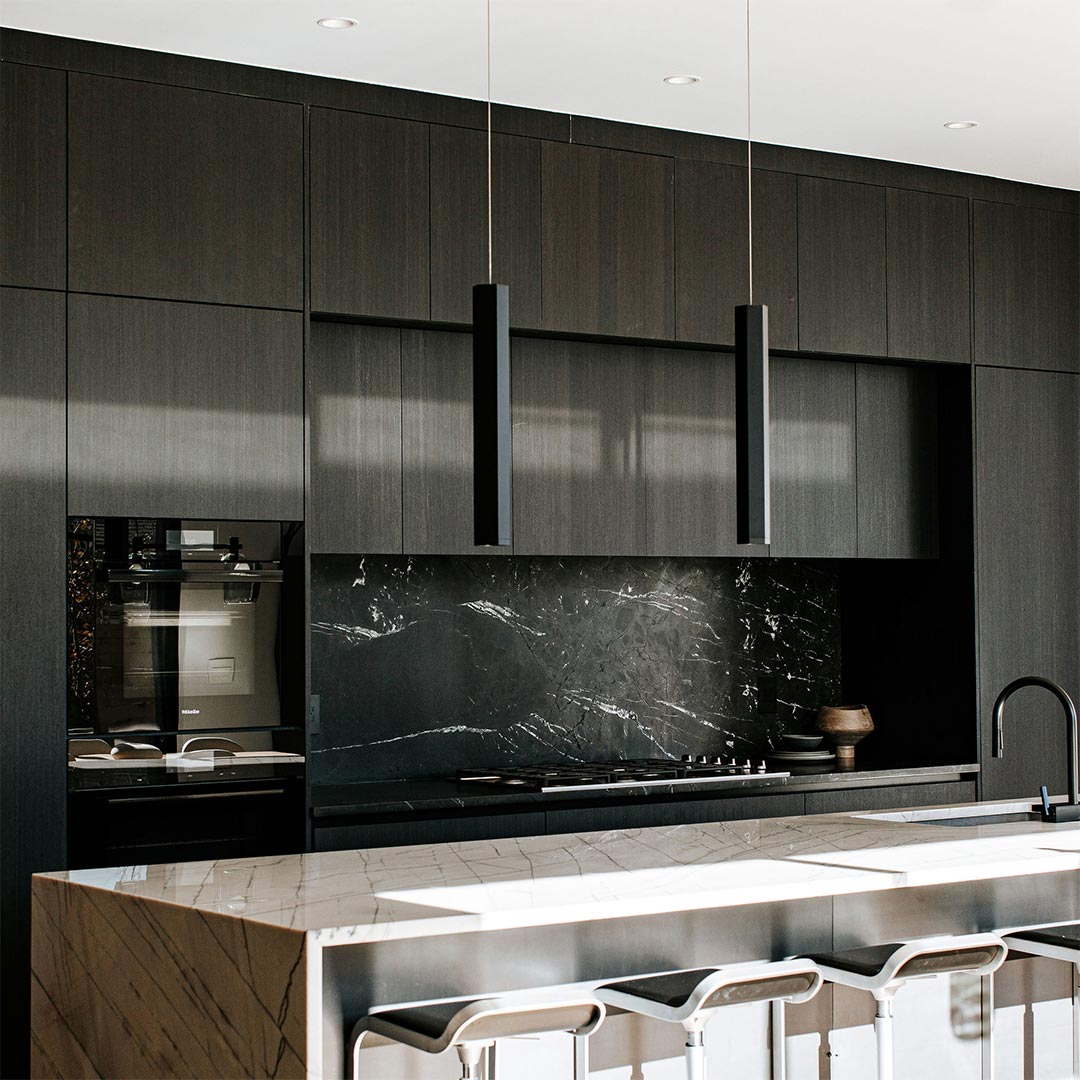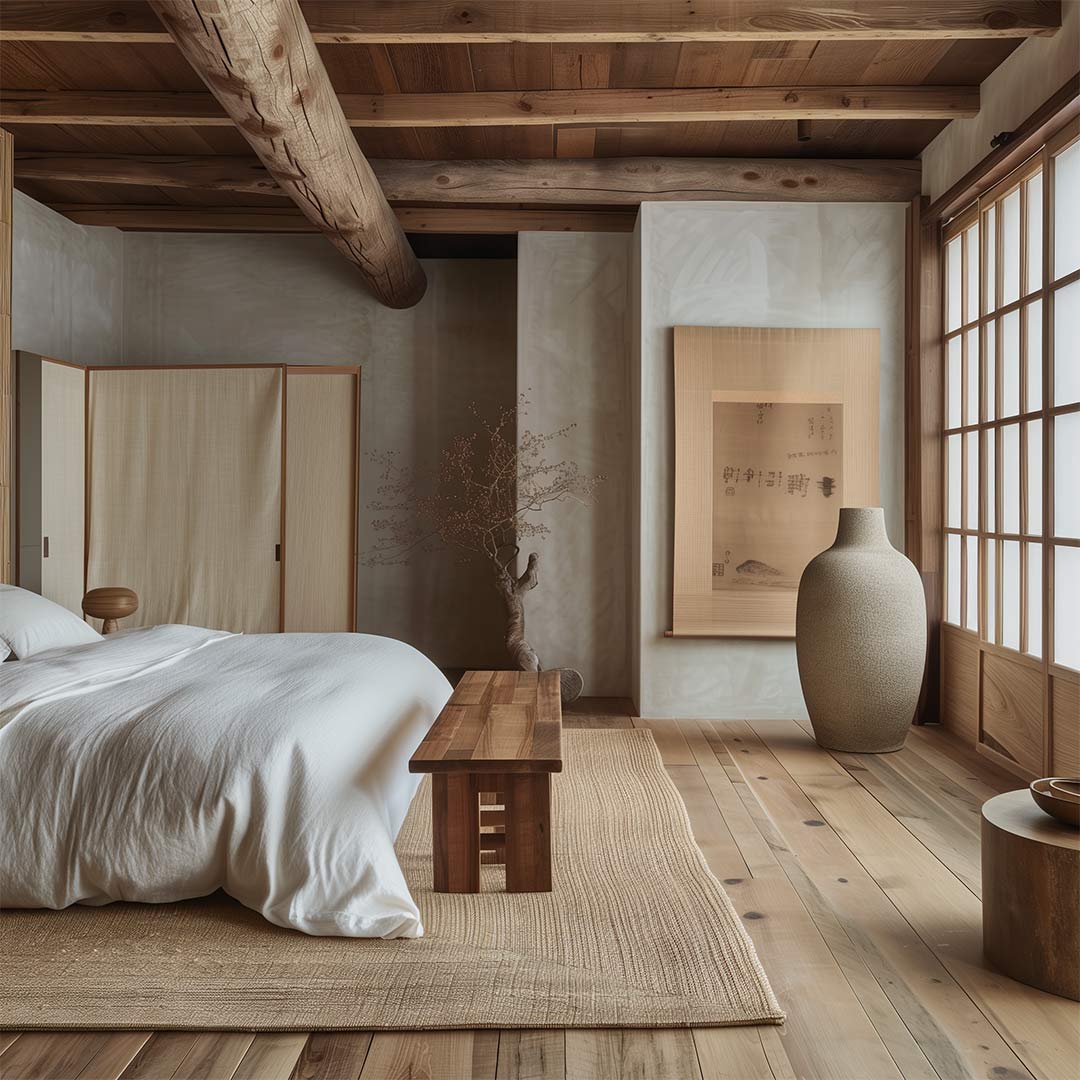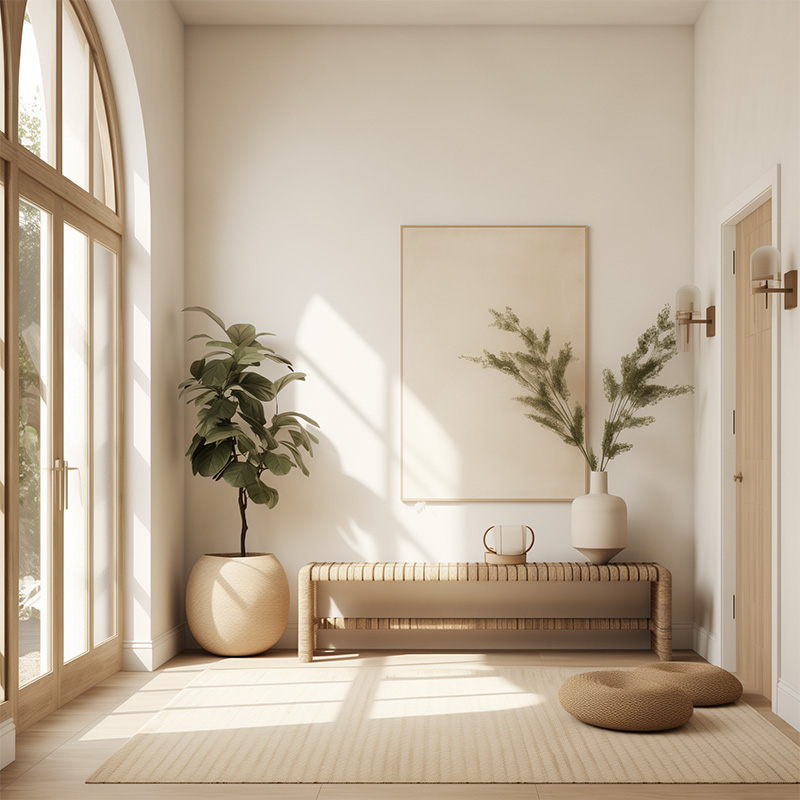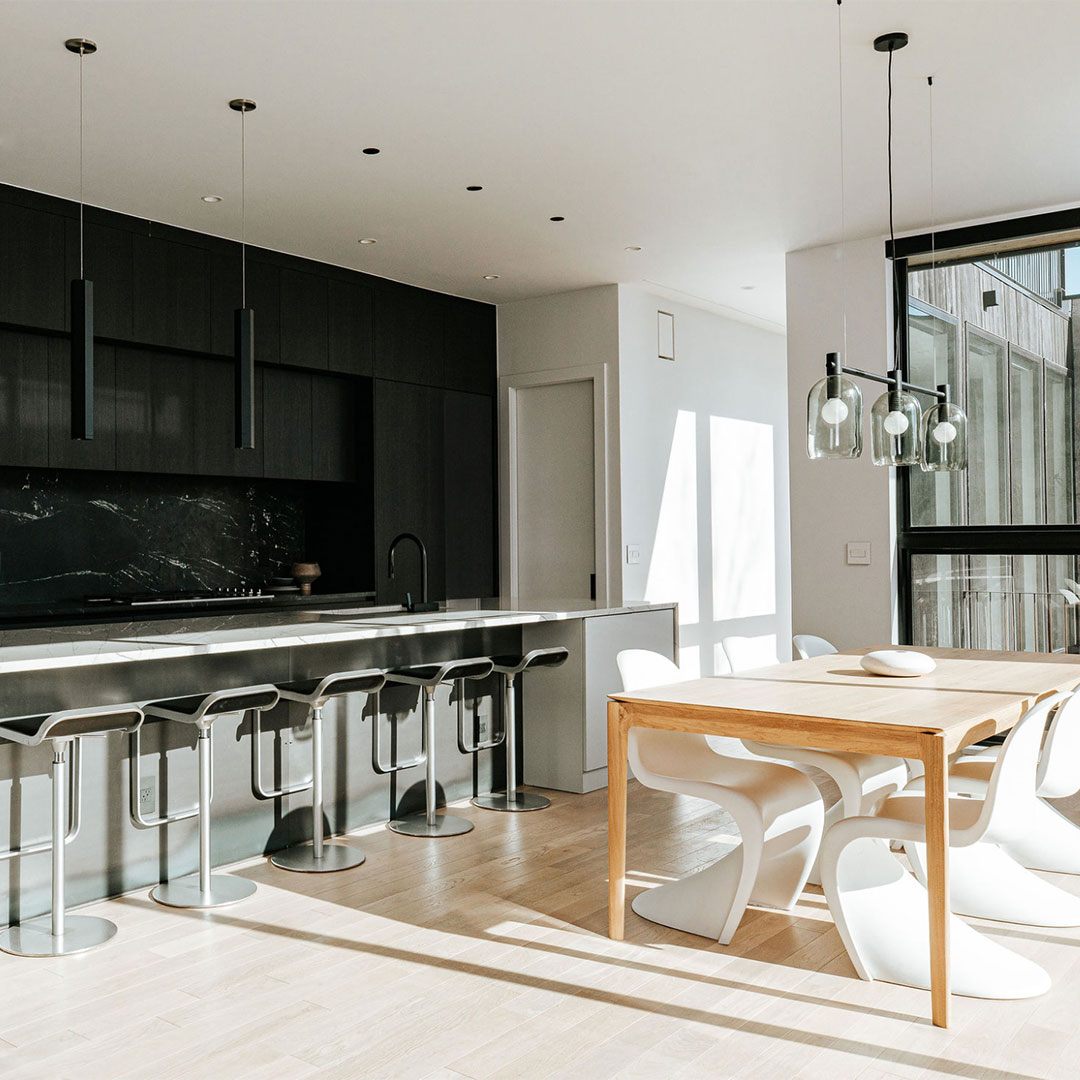One of the hardest decisions when designing your kitchen, bathroom or laundry room is oddly enough… your countertop. They can blend in seamlessly with your design, or be meant to stand out. So much time and use is spent on the countertop, so finding a durable, beautiful, and practical option can be difficult. With many materials to choose from, I am giving you pros and cons of each. By the end of this you’ll have a better idea on choosing quartz vs granite for your countertop, and what options to consider for your edge profiles.
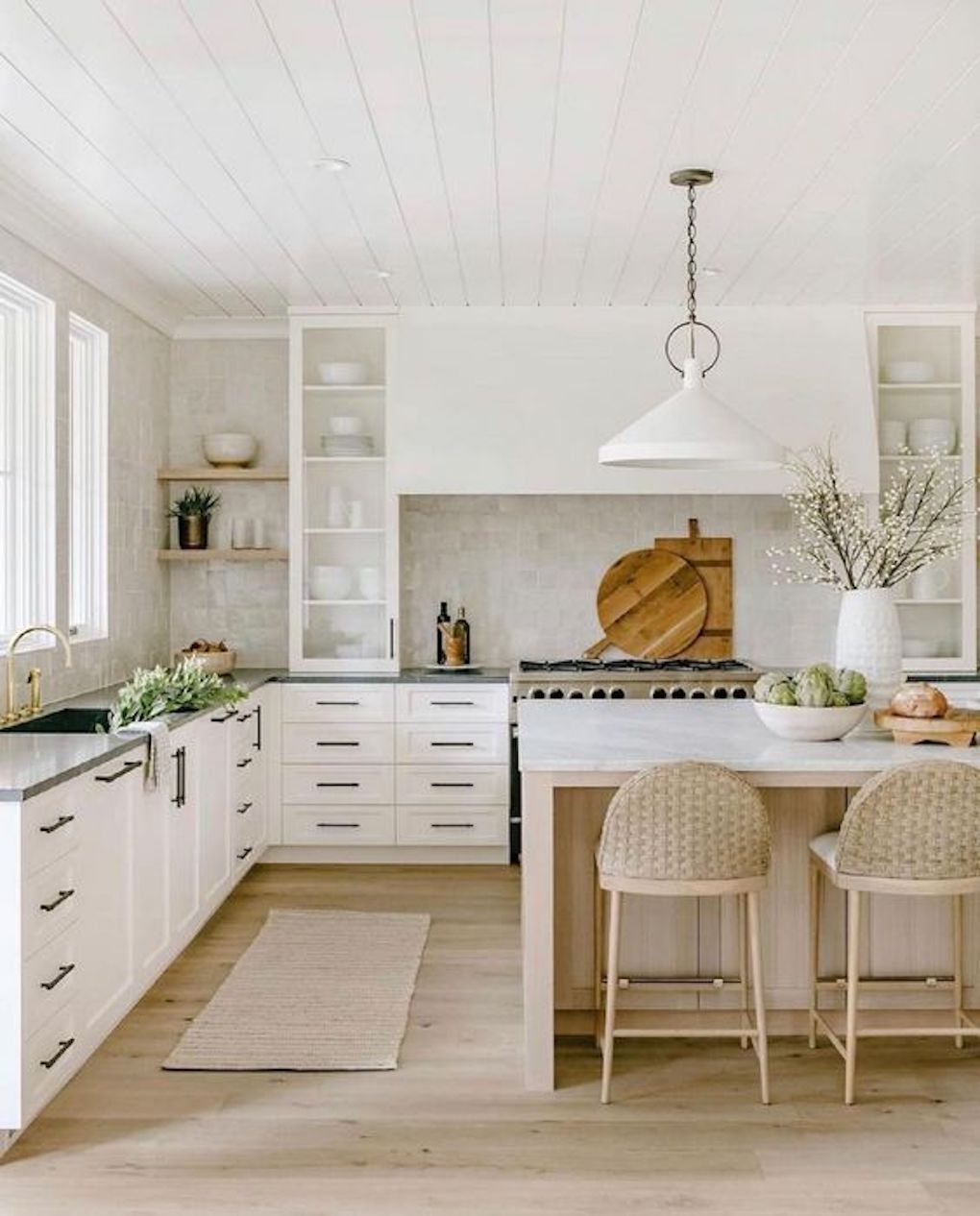
Material Matters
It can feel overwhelming to pick the right material for your countertop. However, it doesn’t have to be. I’m giving you a list of pros and cons to each material. As you look through each option, consider the location of your countertop. Kitchens and bathrooms see a lot of use, so finding a durable material that can handle wear and tear is important.
SOAPSTONE
- Pro – easy daily maintenance.
- Cons – Composed of magnesium-rich talc and other minerals soapstone is heatproof, nonporous, naturally stain-resistant, and requires no sealant. It’s also naturally antimicrobial – a nice bonus in kitchens and baths. Over time, the charcoal gray stone oxidizes, lending it a deep patina. Softer than other natural stones, soapstone is more susceptible to dents, chips, and scratches, but it’s also easier to shape and install.
MARBLE
- Pro – longevity.
- Cons – stains more easily than other natural stones. From milky white to smoky blue-gray, marble’s colorful veining depends on the minerals present where it’s mined. Most Italian marbles come from the region around Carrara, where clay and iron oxide tint the natural calcite limestone. Although beautiful and durable, marble Is soft and porous making it susceptible to staining and scratching. It requires regular sealing or a good polish to restore a well-worn surface. I recommend using this product only if you are prepared to have a non-perfect surface over time. If you love seeing human patina and like the vintage, antique or well-lived in look then marble is a great choice.
CONCRETE
- Pro – customizable and hard-wearing.
- Cons – Porous and prone to staining. Durable and distinctive, concrete is an easily customizable material. Skilled DIYers can install their own concrete counters. Alternately, precast options exist, which reduce the risk of cracks that can happen with poured-in-place counters. Sealants help protect from heat, scratches, and stains. However, concrete shows marks over time. Embrace the imperfections, and it’s a great-looking, hard-worn material.
QUARTZITE
- Pro – durability.
- Cons – Limited color choices. One of the most durable materials on the market, quartzite looks similar to marble but is harder and less porous. Formed from quartz sandstone compacted by heat and pressure, quartzite is a natural stone that requires regular sealing. Its strength makes it useful in any room, but that hardiness translates to higher costs for cutting, shaping, and installation.
QUARTZ
- Pro – Low-maintenance.
- Cons – Heat sensitive. Unlike quartzite, quartz countertops are engineered from resin, minerals, and pigments. Because it’ manufactured, quartz doesn’t require sealing and can be crafted to resemble any material, such as granite or marble. Finishes are similar to natural stone, and it can be polished, honed, or leathered. Quartz is easy to care for, but high heat can cause burn marks.
GRANITE
- Pro – Resists scratches.
- Cons – Requires regular sealant. This natural stone is known for durability and can easily withstand the wear and tear of daily use. To keep granite stain- resistant, a sealant is required. Some granite slabs have more natural pattern or “movement” than others, so making sure the style of a particular slab is a match for your space can take more time and energy.
BUTCHER BLOCK
- Pro – Functional and affordable.
- Cons – Requires regular upkeep. Butcher-block and solid wood countertops are strong, simple, and available in many styles and species— from light maple to dark walnut. Wood counters inevitably collect water stains and scratches, but this forgiving material can be sanded and oiled for a quick refresh. Proper care calls for a coat of mineral or tung oil after installation and every year after.
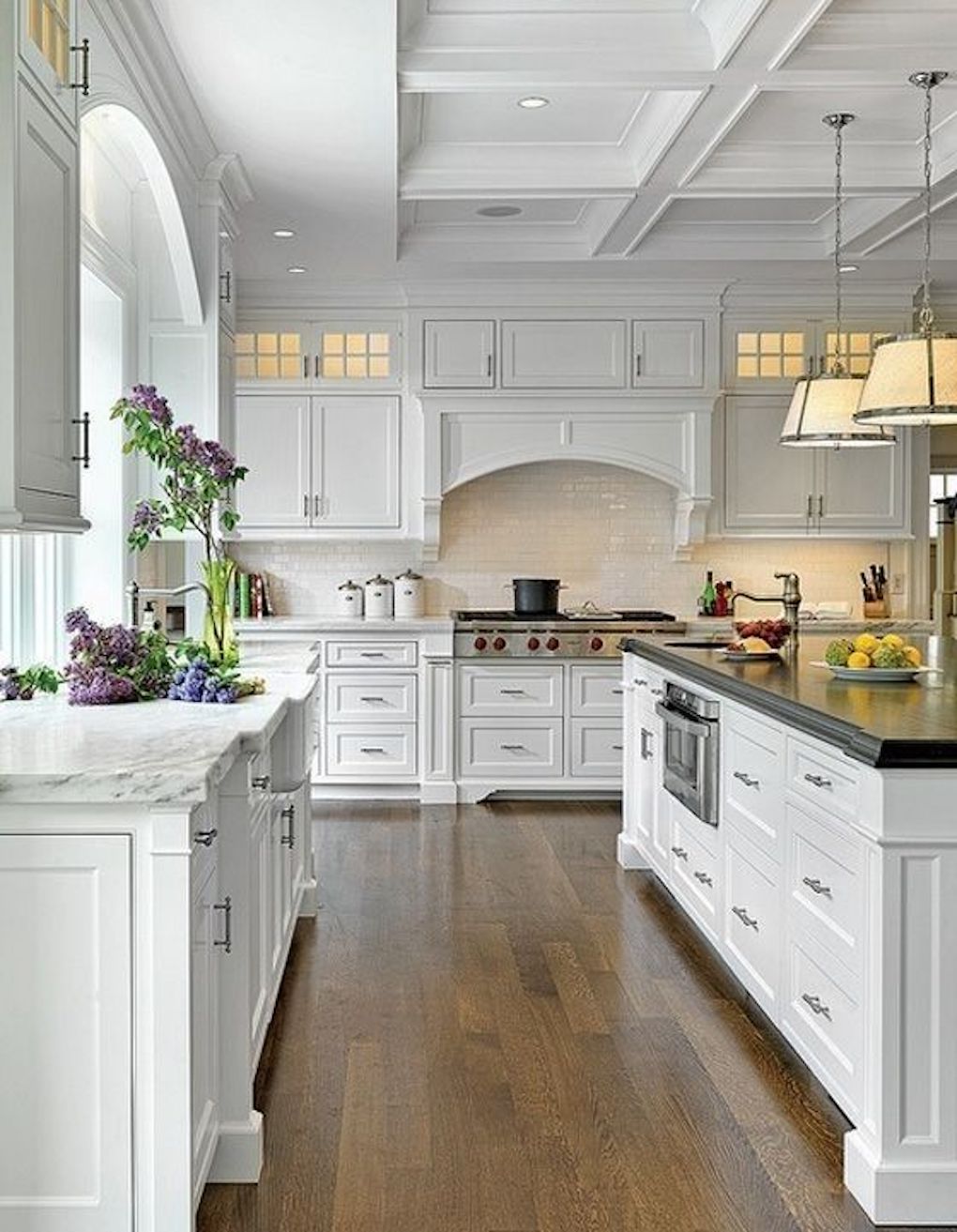
Thickness + Finish
THICKNESS
The thicker you go, the more money you will spend. If your budget is tight but you want a luxurious countertop, I recommend adding 1-centimeter laminated edges to the borders of a 2-centimeter countertop.
FINISHES
Most countertops have a polished finish, however you can request a matte finish if you’d like. It can be pricier though, so be prepared to pay for a process called leathering or honing.
POLISHED
The benefits to a polished finish is it will be smooth, shiny and easy to wipe down and keep clean.
HONED
With a honed finish, stone is sanded for a smooth, matte appearance and feel. This typically helps cover blemishes and doesn’t stand out as much.
LEATHERED
In this case, the stone is sanded, washed and brushed for a natural look that stands up to scratches. This finish is not smooth to the touch, you can feel the “chunkiness” of the stone through this finish – some people love it, some hate it.
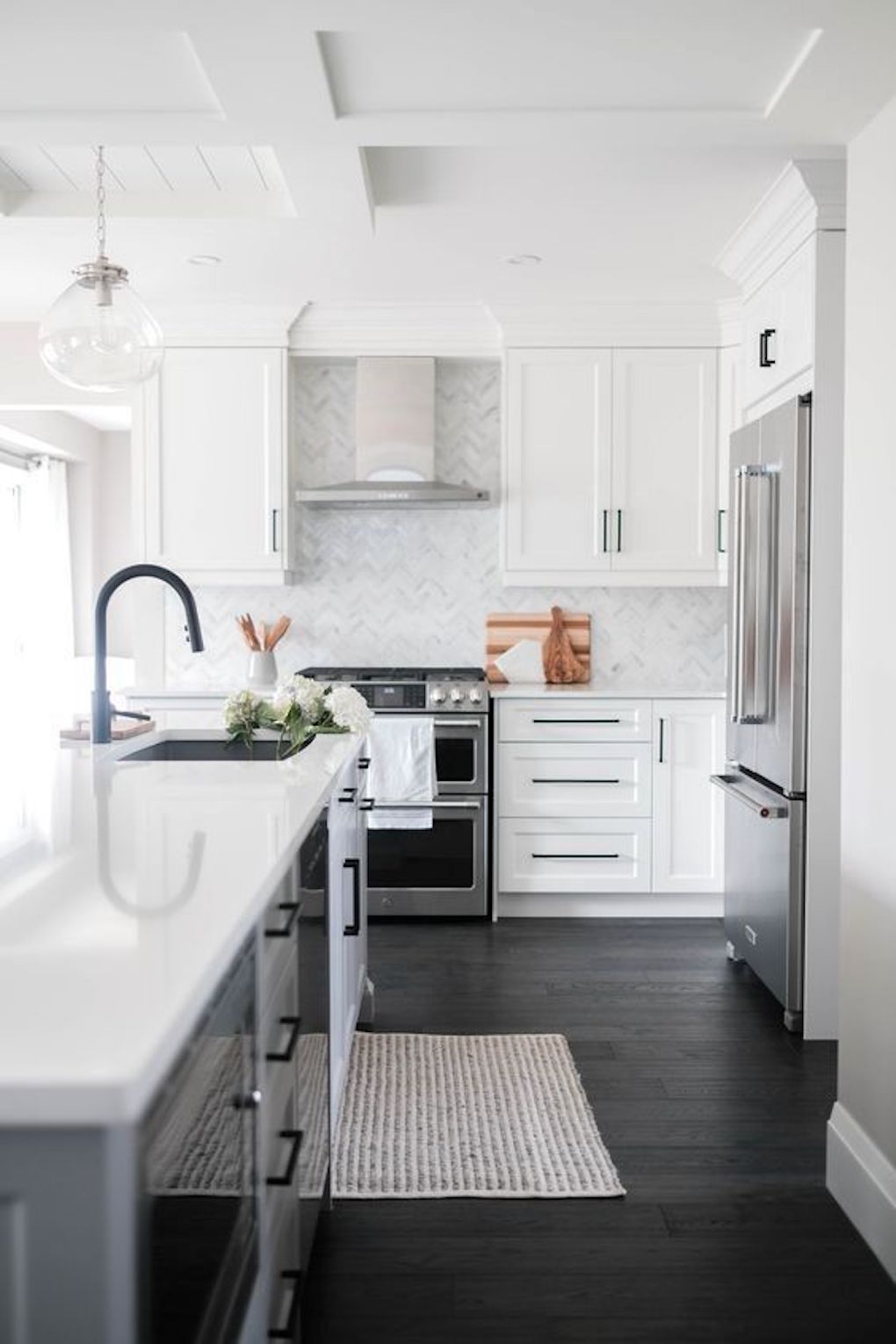
How to Choose Your Edge
When choosing an edge, think about the thickness of your counters. A rounded bullnose might look timeless on a 2- or 3-centimeter counter but chunky on anything larger. For a modern look, try a straight or eased edge. In a more traditional space, an ogee detail can add elegance. Use this list to understand the most common options.

Tips on Choosing the Right Countertop
1. Request samples. Using home samples will let you see the material up close and first-hand to determine if it’s a fit. Oftentimes, materials will look different depending on lighting and other colors in the space.
2. Determine your budget. Calculate the square footage of material you’ll need, remembering to factor in installation. Special edges and treatments add to the bottom line, as do cutouts for outlets, faucets, and cooktops. Keep in mind that people typically replace countertops only once every 10 or 15 years, so the money spent now will be well-worth the investment for years to come.
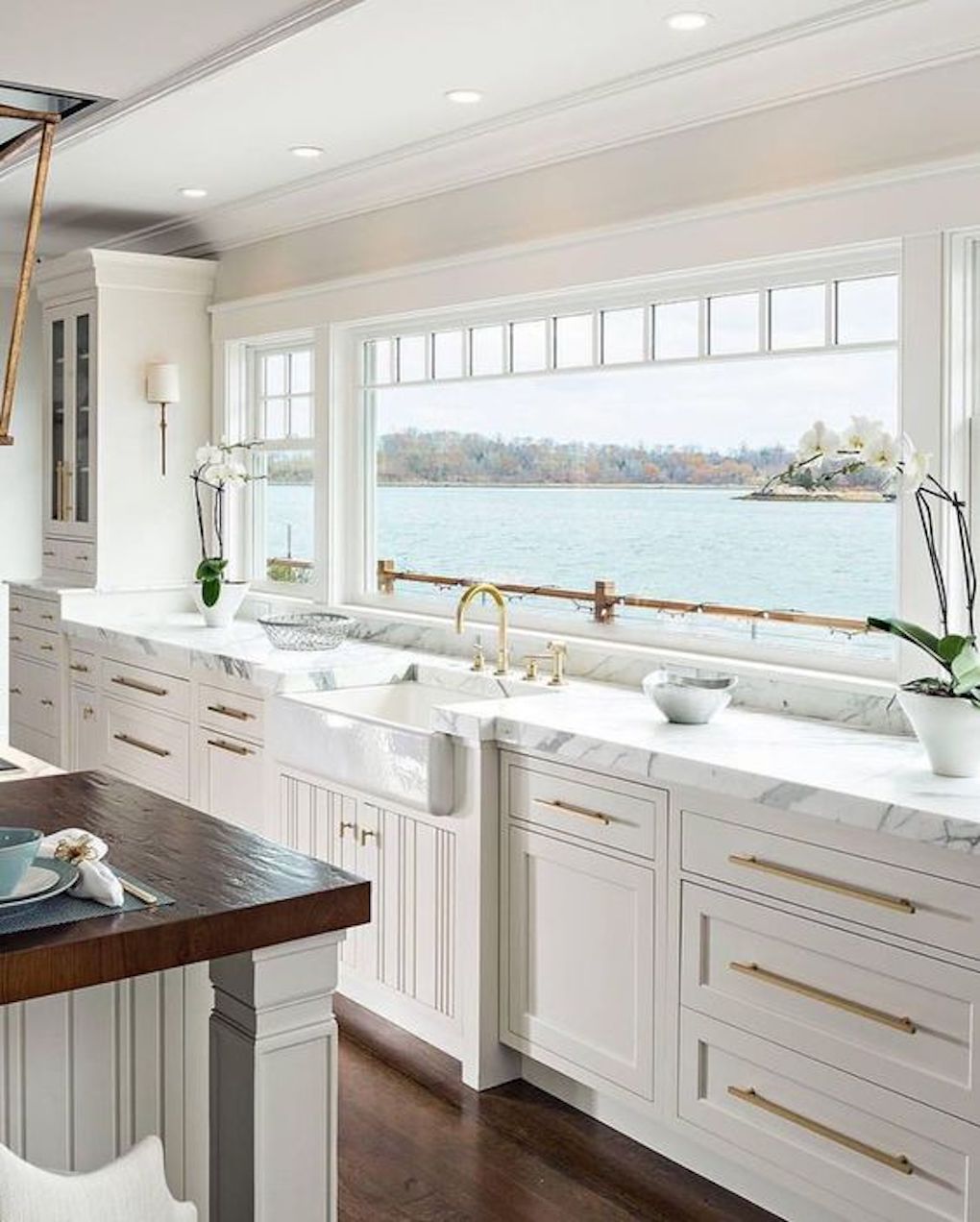
I hope this guide offers you all the necessary information you need to find the perfect countertop for your home! Whether you are deciding on countertops that are quartz vs granite or how thick to order your slabs, all your questions are valid! It’s a big decision and investment.
If you’re ready for a room makeover and in need of an interior designer who is familiar with all these material decisions, I am taking on more projects for 2022. You can schedule a discovery call here if you’re ready to start your next home project! I offer virtual furnishing + styling, and full-service interior design for clients in the Fort Collins, Denver and Boulder areas.
If you have any more questions, or looking for some design inspiration head on over to my Pinterest.
New here? Let’s connect on IG @jreikodesignandco
